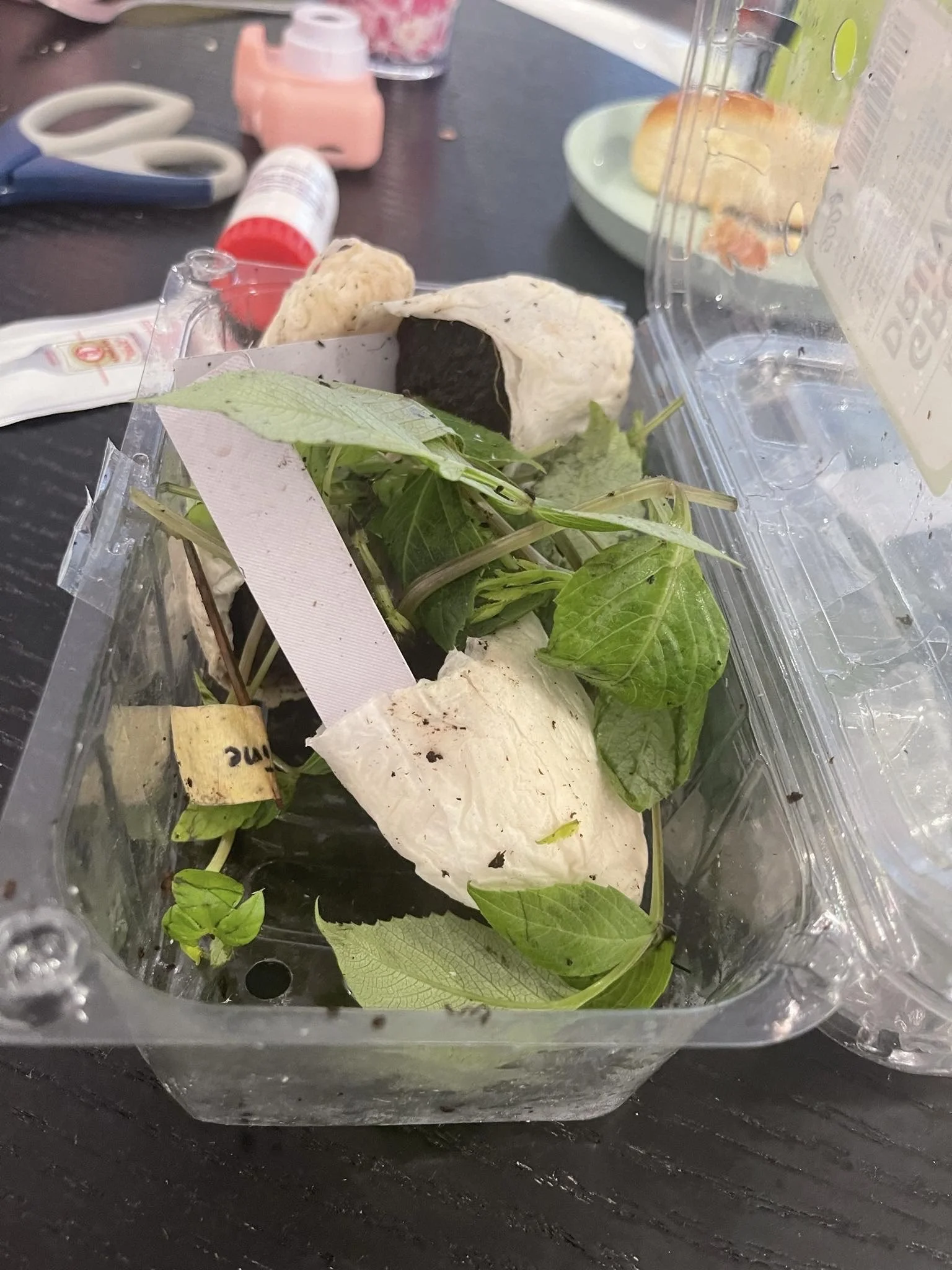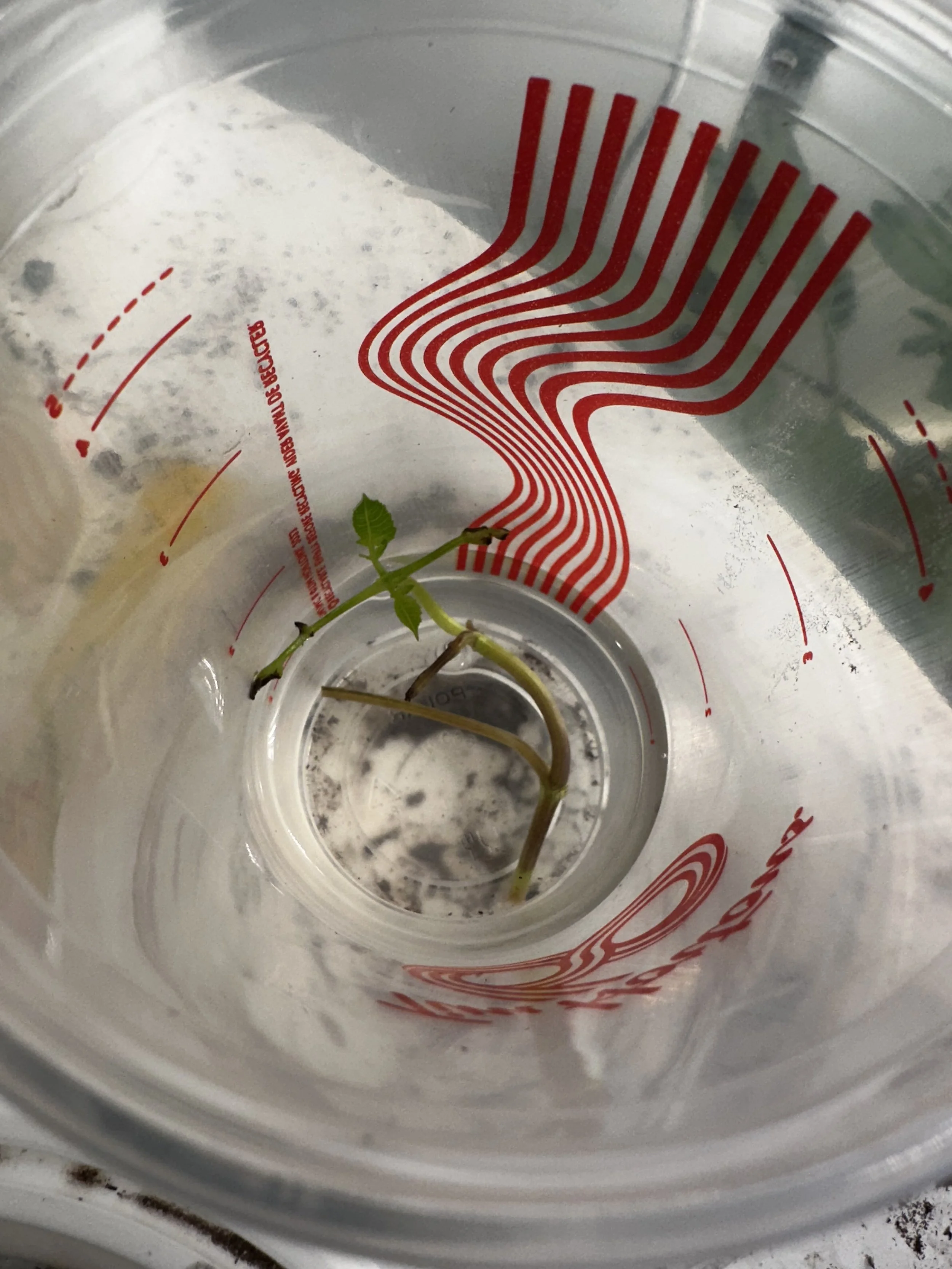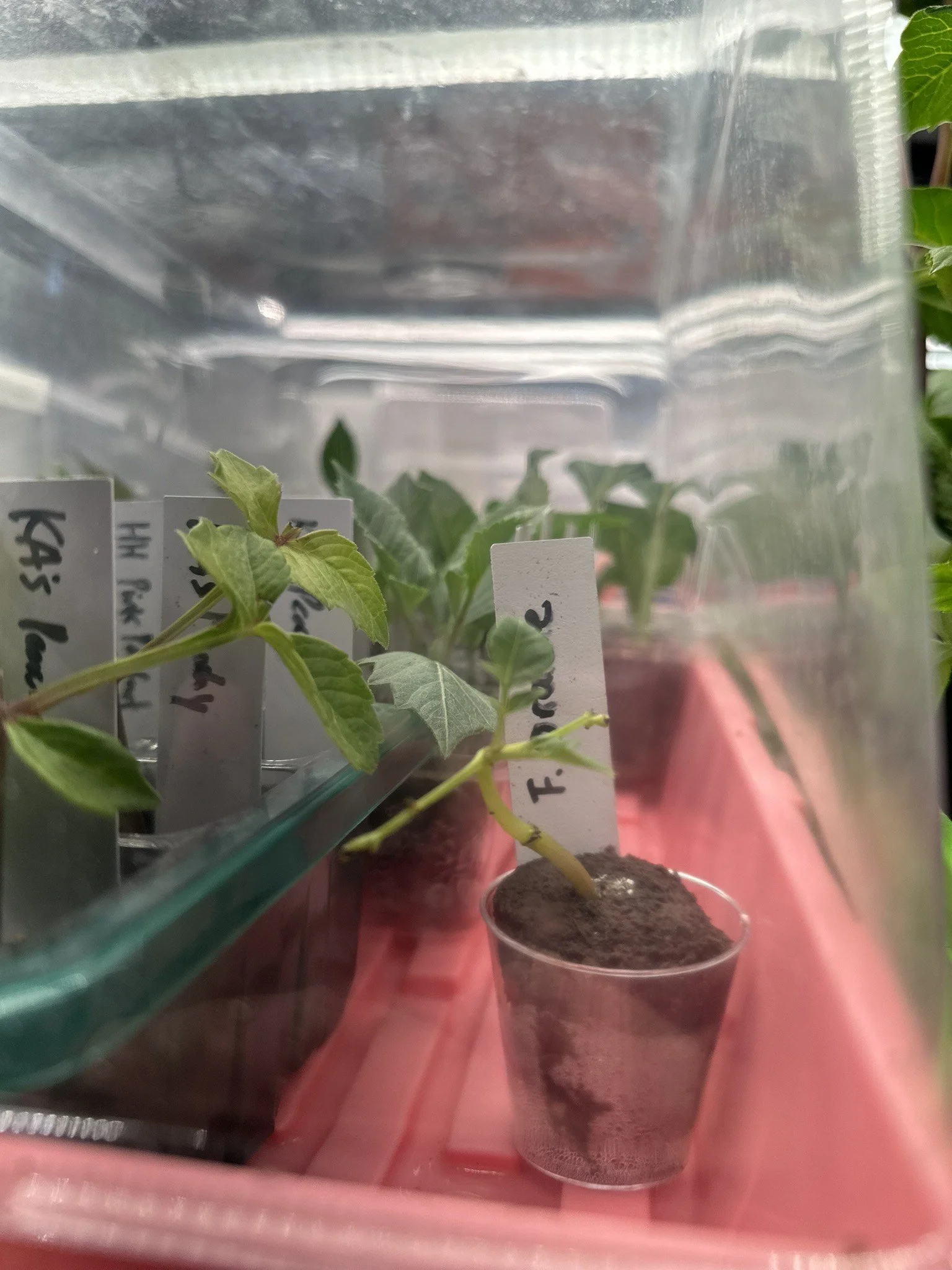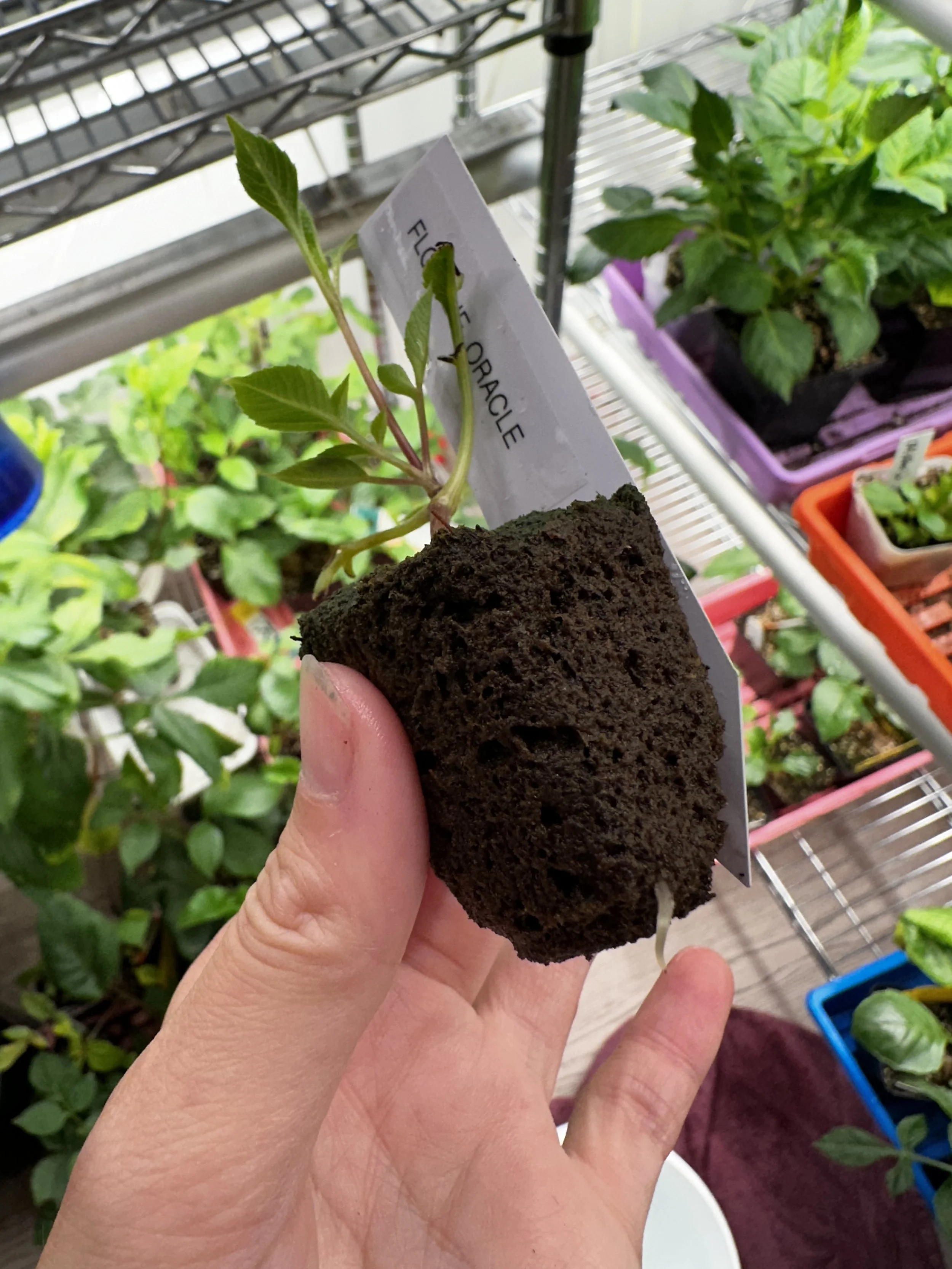How to perform dahlia cutting CPR (A visual diary)
Troubleshooting after shipping
Is your cutting suddenly wilting after shipment?
There is a plethora of reasons for our dahlia cuttings suffering shock after shipping.
Shipping is a very tough process on plants, and some varieties are simply more sensitive than others.
Sometimes the shipping companies can be a bit rough with our precious plants, so they get banged up or damaged in transit.
HOWEVER, this does not mean our plants cannot be rescued from the brink of death.
In this sheet we provide step by step information and pictures so that you can hopefully save your cutting!
WEBSITE:
www.summersdreamgarden.com
Arrival Condition after potting up.
This particular cutting was shipped in a sealed container for almost a week. It lost majority of its leaves due to moisture and rot. Rotting leaves must be removed promptly.
As long as there is a growth point, there is still hope. Don’t give up on your cutting too soon, but do not wait to take action!
A clear cup was placed on top to create a \makeshift dome, any clear cup works. This is to minimize the humidity shock the cutting may experience from going from high humidity shipping container to low humidity. It also protects it from any cold or heated air which can further stress the fragile plant. If any leaves are still green, it is helpful to keep them on the plant- leaves that can still photosynthesize will greatly speed up the plant’s recovery time.
The Day After
However, sometimes despite our best efforts, even if the plant roots are still white and healthy, they simply can’t make the transition, and the entire cutting will start to fail. You will know because the leaves will start to droop and wilt, the roots can no longer support the foliage.
It is imperative that at this point, if you can catch it early, do not hesitate to cut the top of the cutting, and place the entire thing into clean water. Cut where majority of the plant is still green and healthy, avoid keeping any rotting areas. Let the stem and any leaves remaining, soak and regain turgor.
Avoid letting leaves soak for longer than a few hours. They need to soak long enough to hydrate, but long-term soaking of leaf materials will foul the waters. Once the entire plant feels firmer, you can pour out all but a couple inches of water at the bottom for the stem to take up.
Dahlia cuttings can even be rooted in water, so if the rot does not progress on your stem (watch it carefully) and you have taken as many healthy nodes as possible, your cutting will still make a comeback.
After a week
Rooting in water is a slower process sometimes, so to re-root this cutting, we placed it back into a root riot.
However, instead of re-rooting, after a few days, the leaves started to go soft, further investigation showed the bottom placed in the root riot had started to rot again. So, we retrimmed, repeated the soaking process again. Then decided to leave it in water for the next couple weeks.
Left in water for 2 weeks
The cutting was retrimmed and left in clean water for over two weeks. Minimal attention was given to it. But it rallied and put out new leaves. Rooting takes a lot of energy for the plant, so having some new leaves will be greatly helpful for our second attempt.
And Voila! Second rooting attempt was a success, especially since there are more leaves to aid in the photosynthesis and growth of new leaves and roots.









